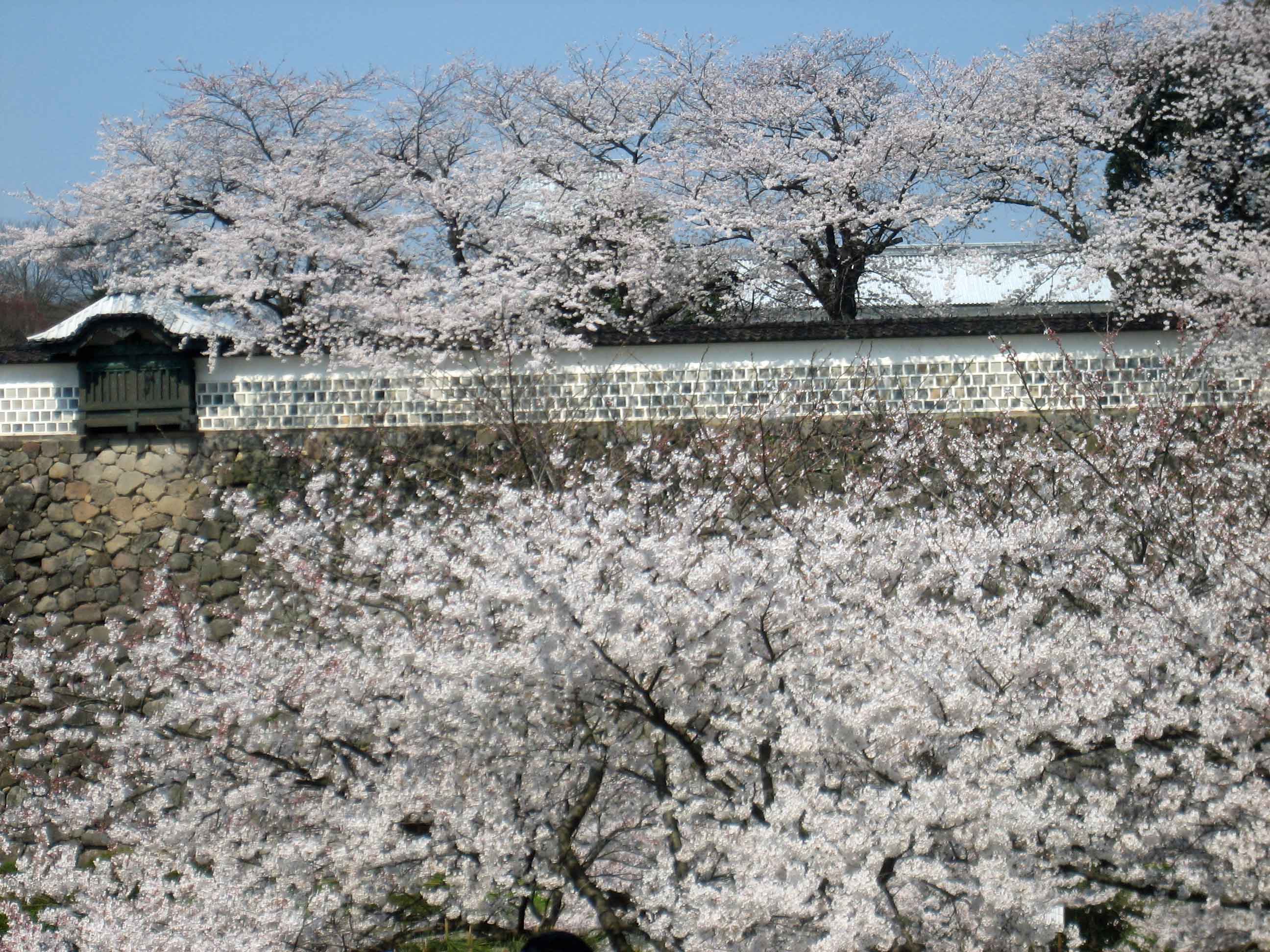
Kanazawa Castle Wall spectacular display of cherry blossom trees
Kanazawa under the Maeda Family
The Maeda family ruled the Kaga clan during the Edo period. The most famous of the Maeda family, Toshiie Maeda ruled the Kaga clan from 1583, with their headquarters in Kanazawa, at what is now known as Kanazawa Castle Park until the Meiji Restoration in 1868. The Meiji Restoration brought about a chain of events which restored imperial rule to Japan in 1868 under Emperor Meiji and put an end to the feudal society under the Shogunate.
Kanazawa Castle Park
Leaving Kenroku-en Gardens we visited the adjoining Kanazawa Castle Park, residence of the Maeda family for hundreds of years during their rule. The main tower of the castle burnt down and was never rebuilt. Other buildings within the castle complex burnt down many times over the centuries and were rebuilt during the Maeda rule. Fire was the greatest hazard in those days with the buildings made of timber. After the Maeji restoration damaged and gutted buildings were not restored until recent times.
Tatsumi Water Channel-Kanazawa Castle/Park
I found it is interesting to hear from our guide about the water supply system to Kanazawa Castle/Park and Kenrokuen Gardens. This system has been in place for 370 years. A huge fire in 1638 burnt down Kanazawa Castle and 1000 building. After this disaster the 3rd Lord Toshitsune built the Tatsumi water channel for the castle. The water comes from the upper reaches of the Saigawa River, 10 kilometers from the castle. One third of it flows through an underground tunnel. The Japanese used the principle of the inverted siphon to pump the water to the castle.
It took a year to complete the tunnel. Originally wooden pipes lined the tunnel. the wooden pipes replaced by stone pipes at the end of the Edo Period. Water flows into Kenrokuen Gardens from the Tatusmi Channel via a special underground pipe. The outlet is at the base of Yamazaki Hill.
Ishikawamon Gate
The Ishikawamon Gate rebuilt in 1788 and the Sanjikken Nagaya (50-yard-long warehouse) rebuilt in 1858 still remain. These are the remaining structures of the former Castle. The Ishikawamon Gate is an iron gate with the inner walls built of stone. The iron gate of Kanazawa Castle Park is quite impressive in size and structure.
In 2001 two turrets or watch houses(Hishi Yagura), and Gojikken Nagaya (warehouse) restored to their 1809 form using traditional construction methods. The turrets and storehouse of Kanazawa Castle Park form the largest wooden castle structure built-in Japan since the Meiji period. Notice the distinctive white roof tiles of the castle. These are lead tiles, which renders them fireproof. In times of siege the tiles melted down and cast into bullets. Ancient cherry blossom trees still survive from the early periods.
Ancient stone wall of Kanazawa Castle Park
The stone walls of Kanazawa Castle Park are among the best preserved in Japan, built with a great variety of stones. The carved markings on some of the stones are the identifying signs of retainers employed to supply stone materials for the wall. The grey stone walls highlight the beautiful pale pink flowers of the cherry blossom trees.
Kanazawa castle park after the Meiji period
The Kanazawa castle used as a military base in the Meiji period, a home to Kanazawa University Campus from 1949 until 1989; the site officially designated as Kanazawa Castle Park in 1997.
Kutani Kosen Pottery
Following Kanazawa Castle Park, we visited Kutani Kosen Pottery. A family pottery business handed down from father to son. I found the Japanese way of sitting cross-legged on a platform level with the wheel-head for throwing,very interesting to watch as opposed to the western method. The finished items at the Kutani pottery made from a fine porcelain, beautiful designs, hand painted and highlighted with gold (of course). This is Kanazawa. Apart from the throwing demonstration, we also watched two women hand-painting the delicate designs on plates and items.
After lunch a visit to the Nagamachi Samurai House area.
Related Posts:
- Sensoji-Asakusa Kannon Temple
- The Kabuki Theatre
- Half Day Tokyo Tour
- Tokyo Japan travel to Nikko
- Toshogu Shrine Japan
- Nikko-Lake chuzenji & Kegon Waterfall|Tokyo-Japan-travel
- Mt-fuji-lake-ashi-komagatake-ropeway-japan
- What is an Irori,what is a jizai kagi Takayama gifu province Japan
- Takayama festival floats-matsuri festivals-gifu province japan
- Two headed monster-Sakurayama Hachimangu Shrine-Takayama-Gifu Province
- Hida hotel-Plaza | Farmers Market Takayama Japan
- Sugidama Sake breweries – traditional shops Takayama Japan
- 450 year old cherry blossom trees scenic Miboro dam Takayama
- The old Toyama family farmhouse Shirakawa-go
- Ancient a-frame Gassho-zukuri homes – villages of Shirakawa-go
- Doburoku matsuri festival Gokayama-washi Shirakawago villages
- Kanazawa railway station east plaza city center
- Kanazawa shrine Kanazawa – marsh of gold
- Perfect landscaping Kenrokuen GardenPark Kanazawa
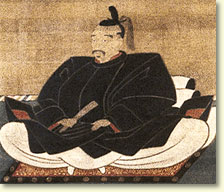
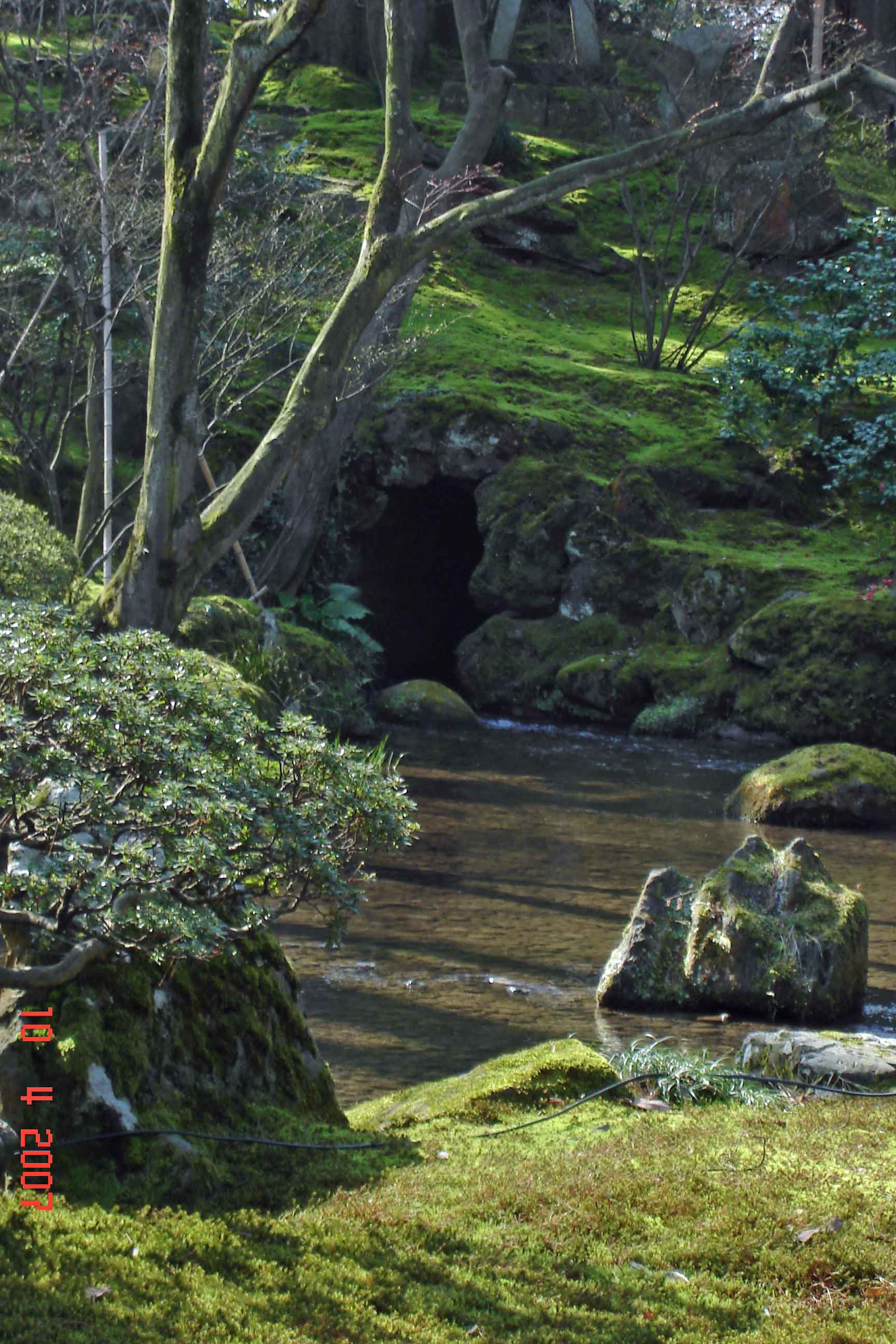
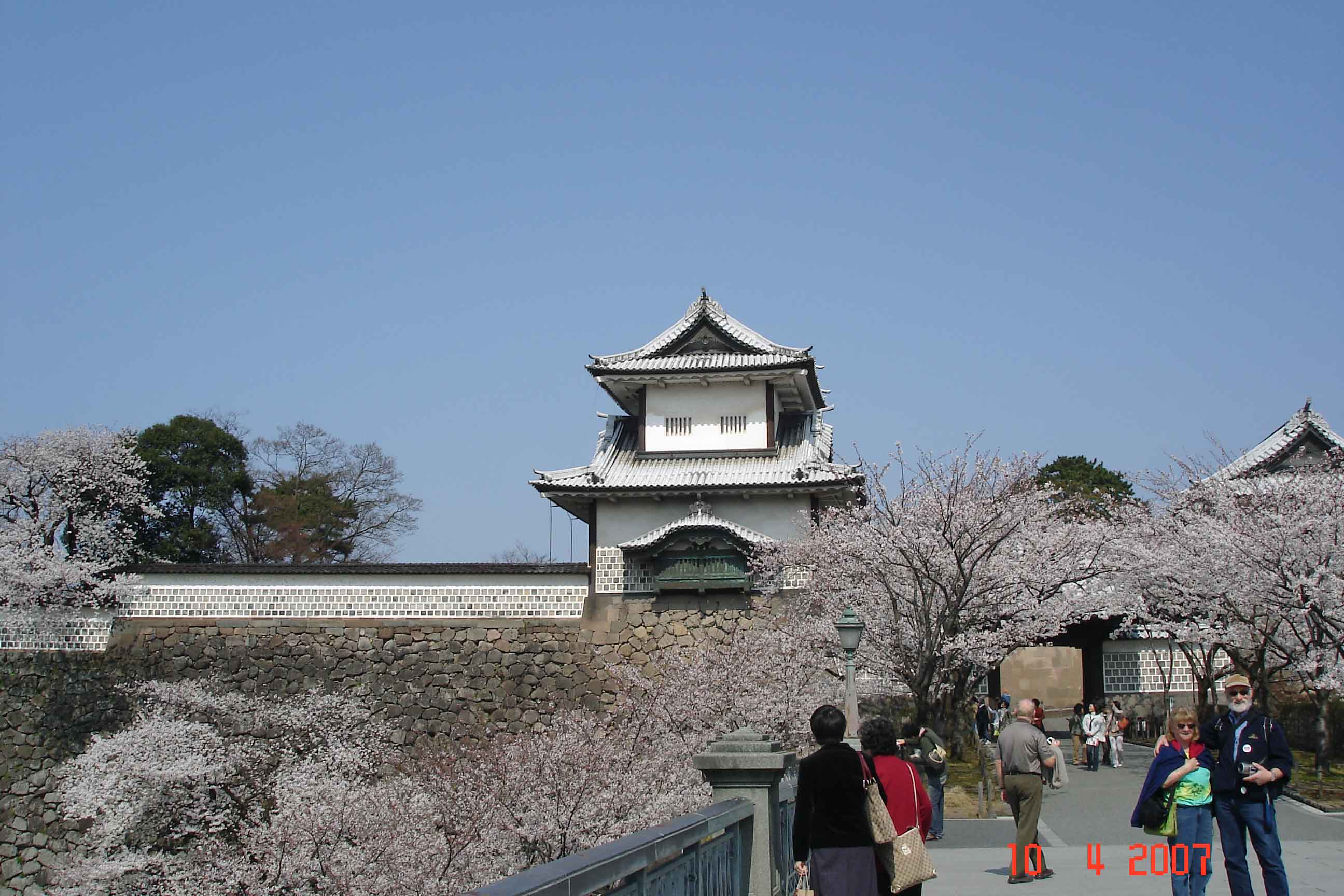
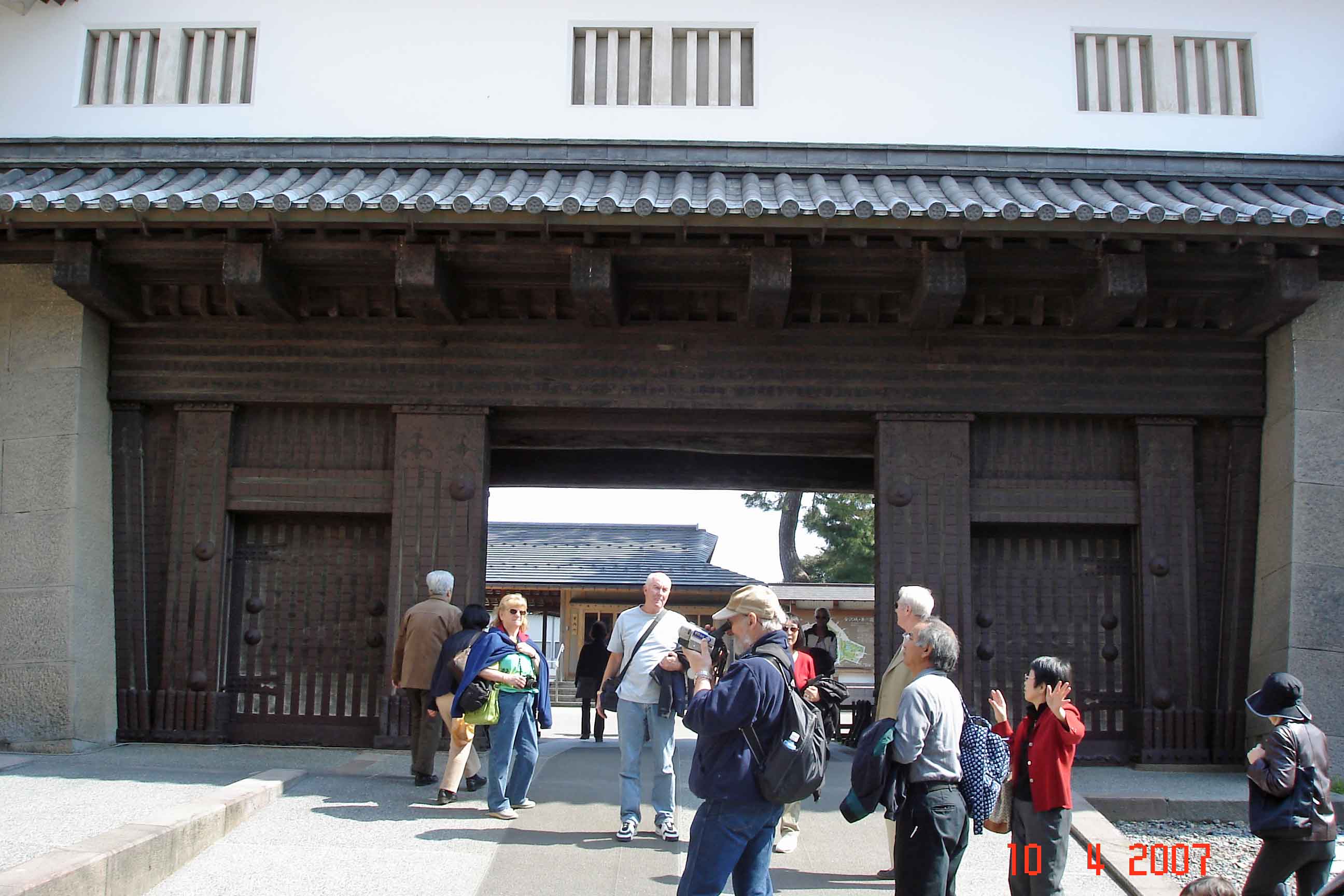
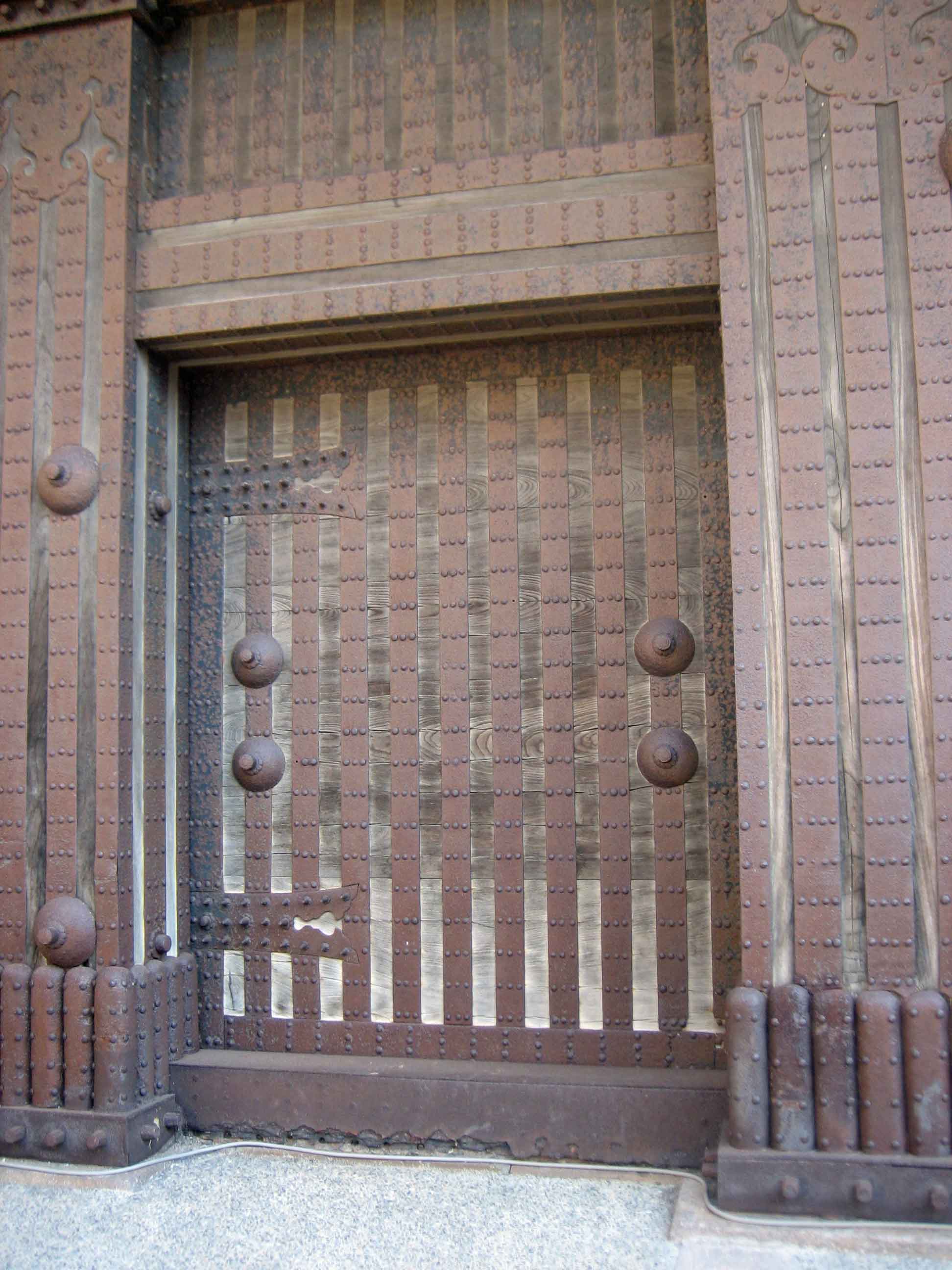
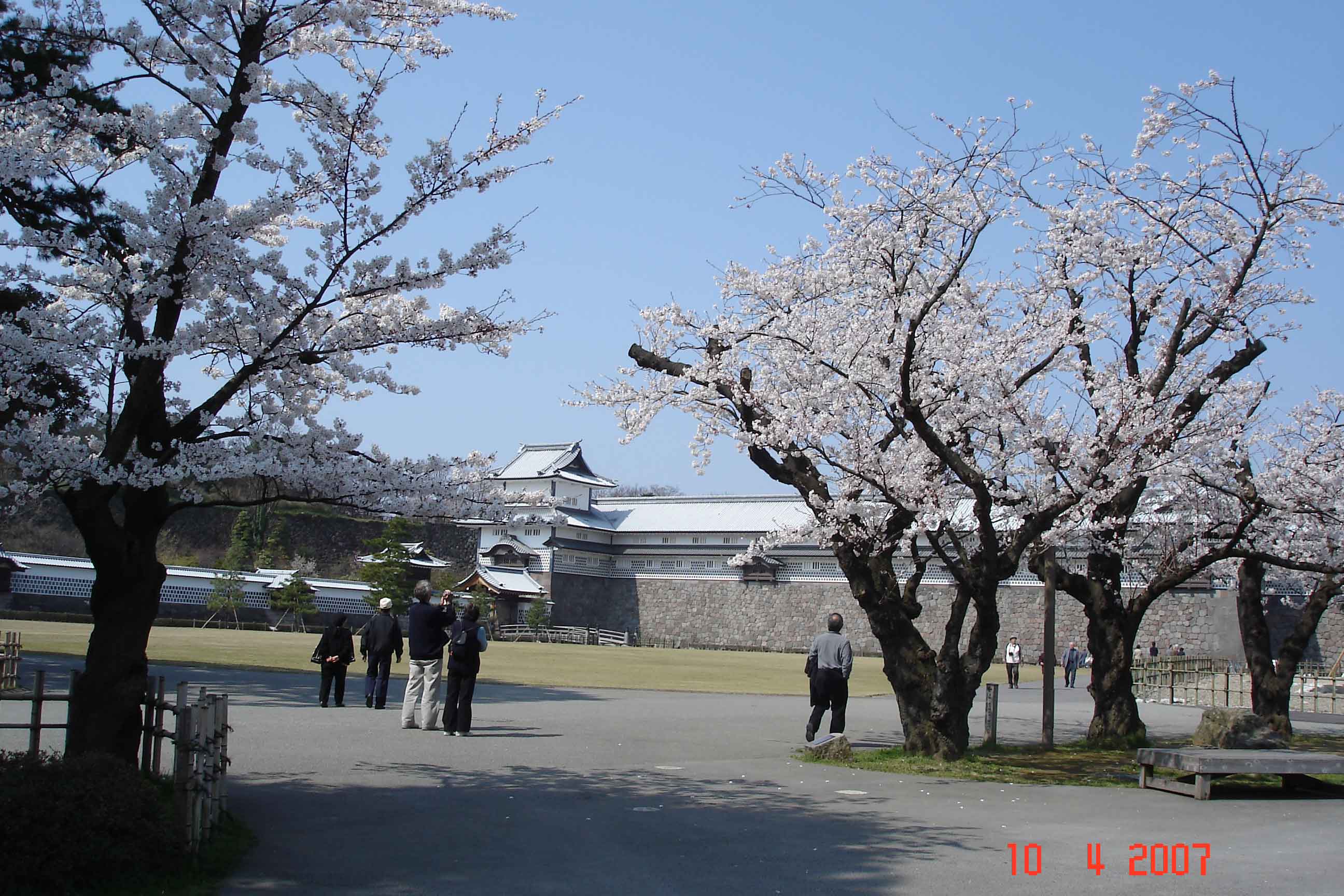
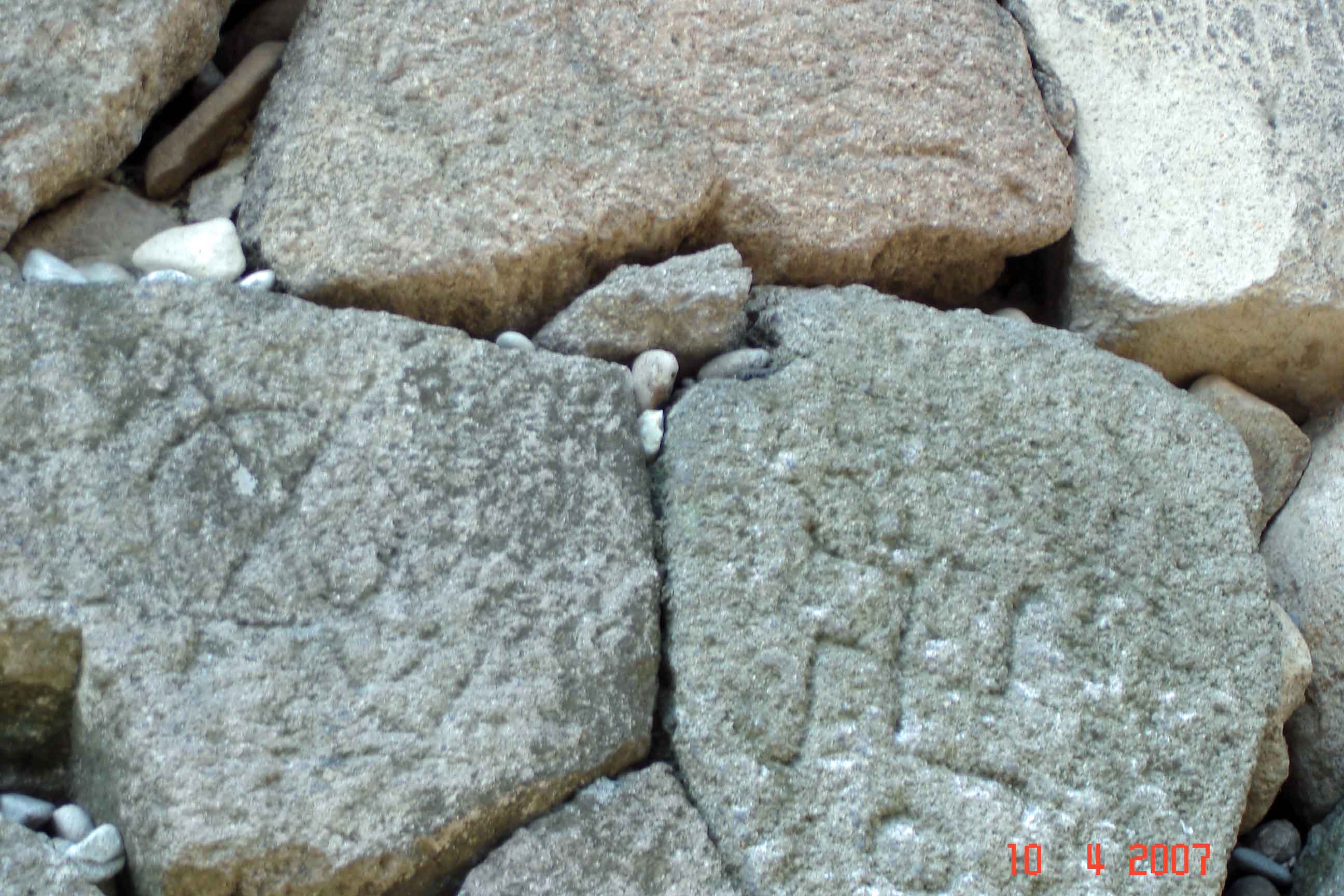
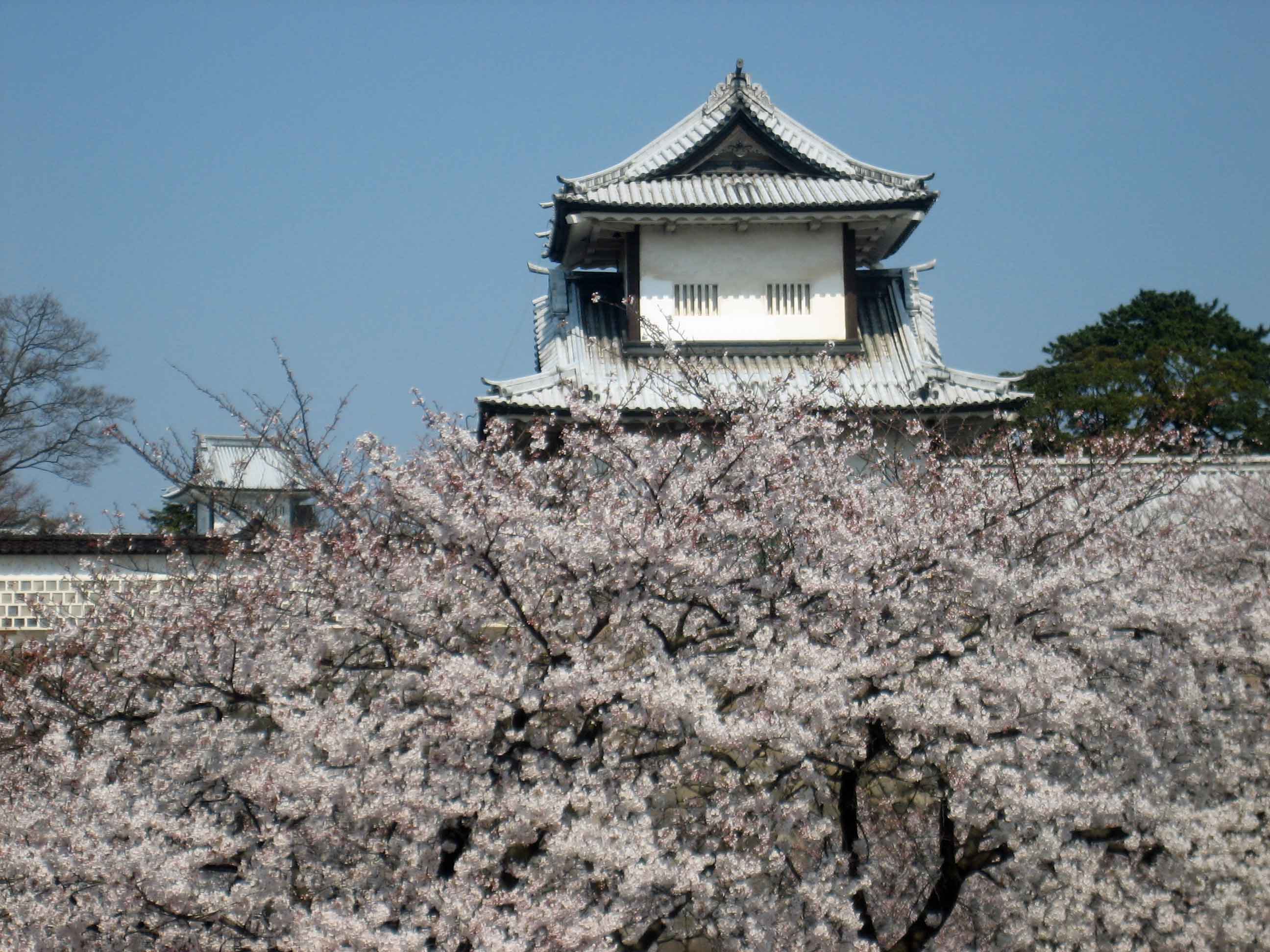
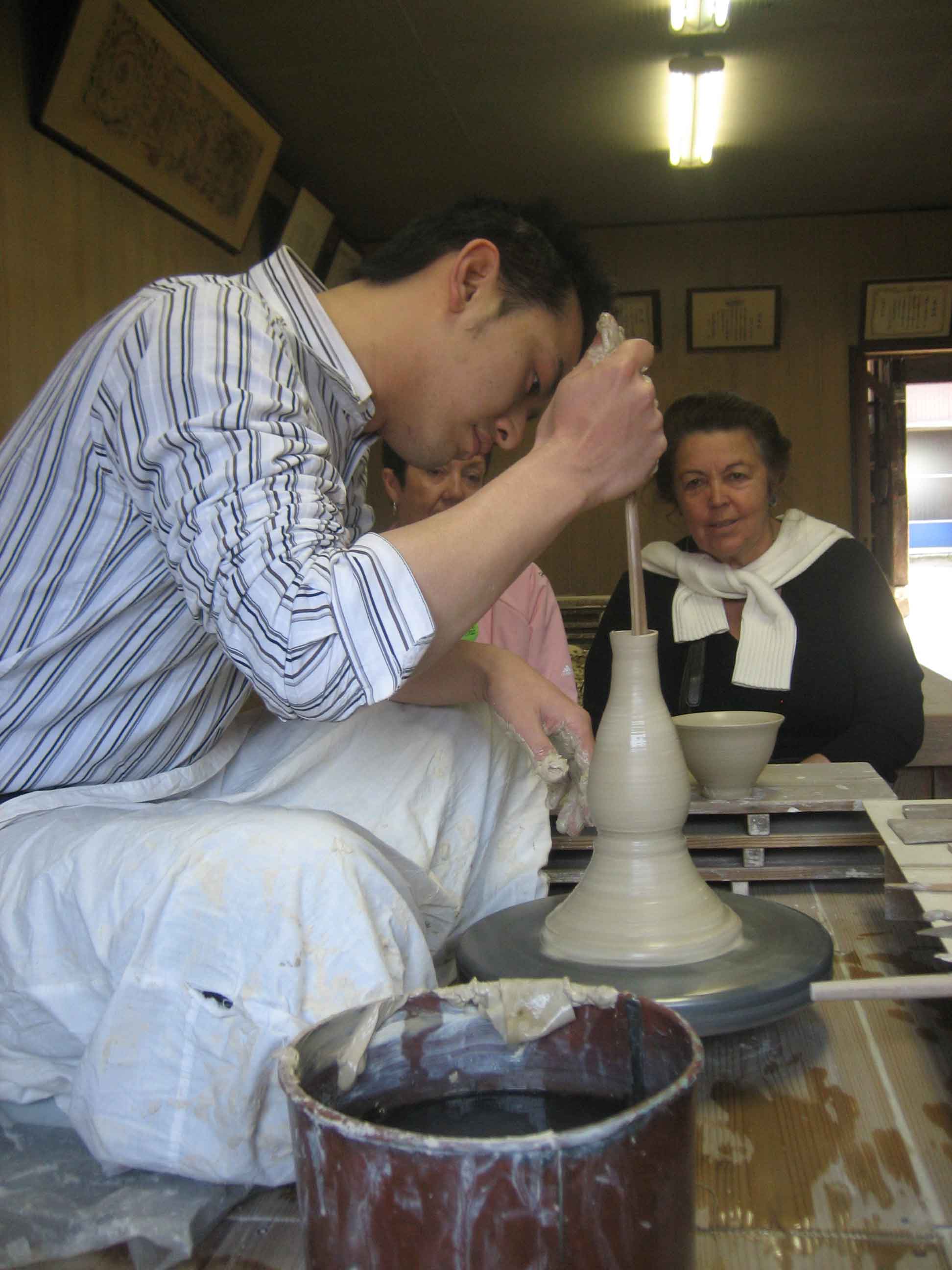
Very beautiful photos of those cherry trees. Wish I could see them in person. Some day, perhaps.
Hi Sara,Hope you get your wish to visit Japan one day. thanks for your comment. Lyn